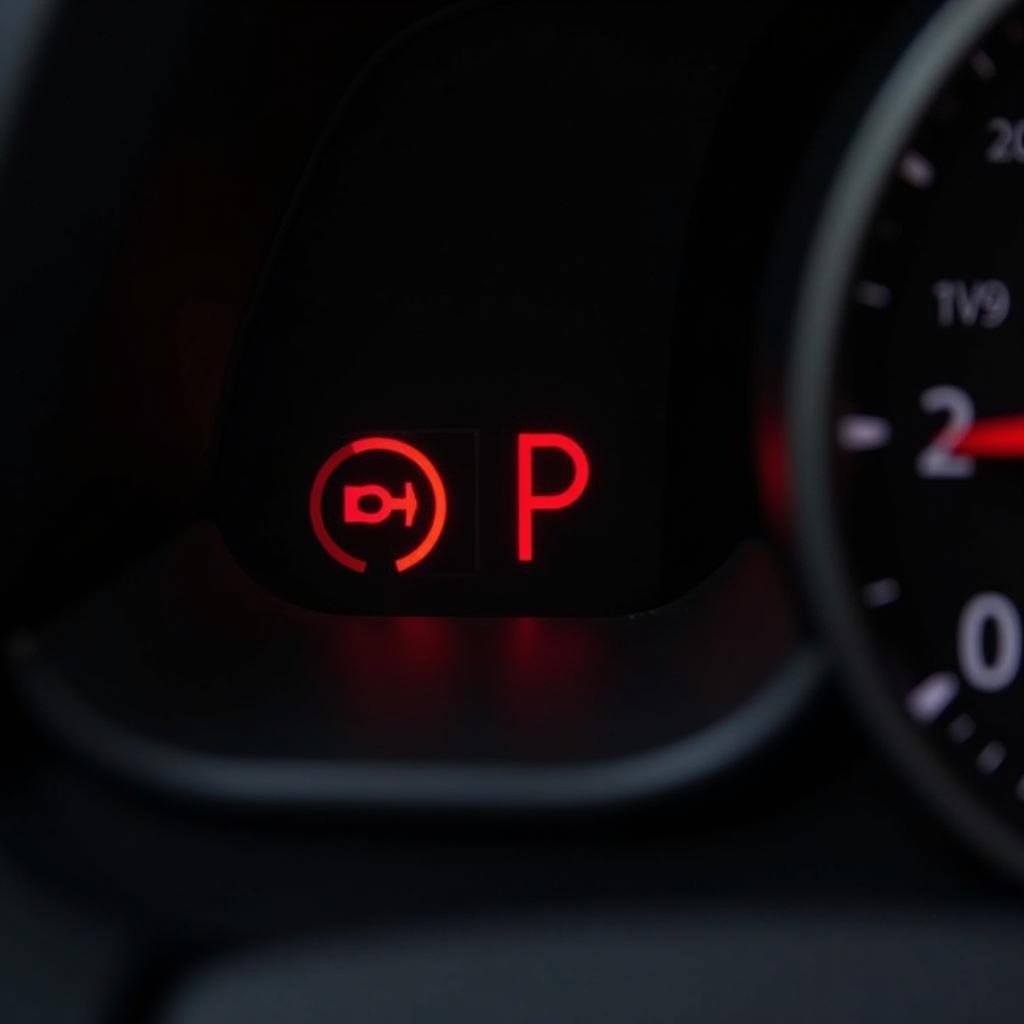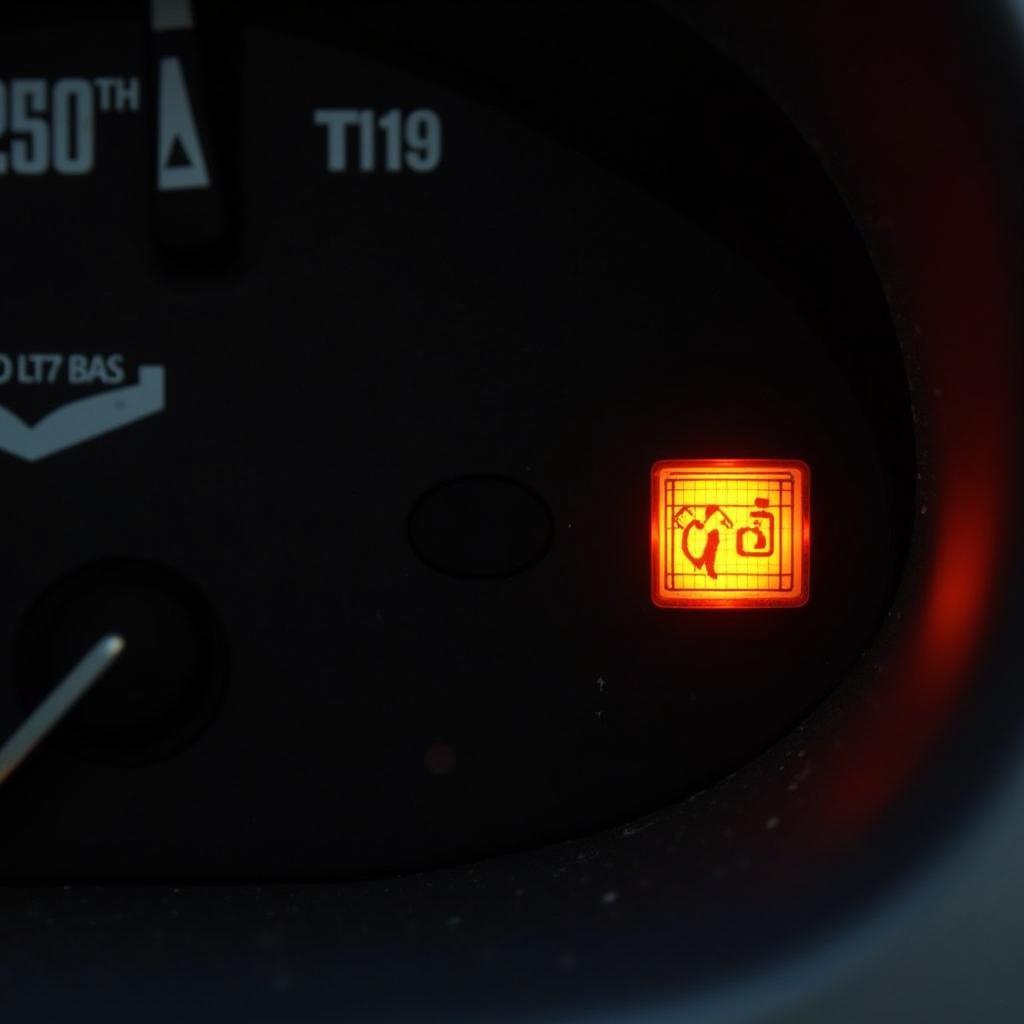A car battery completely dead can be a frustrating experience, leaving you stranded and unsure of what to do. This comprehensive guide will help you diagnose the problem, understand the potential causes, and provide practical solutions, whether you need a quick fix or a more permanent solution. Let’s get your car back on the road! is my car battery completely dead
A dead battery can be caused by a variety of factors, from leaving your lights on to a failing alternator. Identifying the root cause is crucial for preventing future occurrences. Extreme temperatures, both hot and cold, can also significantly impact battery performance. In this article, we’ll delve into the most common culprits and explore how to troubleshoot them.
Why is My Car Battery Completely Dead?
Several issues can lead to a completely dead car battery. Understanding these issues will empower you to address the problem effectively and potentially prevent it from happening again. Here are some of the most common causes:
- Leaving lights or accessories on: This is a classic culprit. Even small interior lights can drain a battery overnight. Always double-check that all lights and accessories are off before leaving your vehicle.
- Faulty alternator: The alternator recharges the battery while the engine is running. A malfunctioning alternator won’t charge the battery, leading to a dead battery.
- Parasitic drain: Even when your car is off, certain systems draw a small amount of power. A parasitic drain occurs when a component draws excessive power, draining the battery over time.
- Old age: Car batteries have a limited lifespan, typically 3-5 years. As a battery ages, its ability to hold a charge diminishes.
- Extreme temperatures: Extreme heat or cold can stress a car battery, reducing its performance and lifespan.
How to Diagnose a Completely Dead Car Battery
If your car battery is completely dead, you can perform a few simple checks to diagnose the problem.
- Check the headlights: If your headlights are dim or don’t turn on at all, it’s a strong indication of a dead battery.
- Try starting the car: If the engine cranks slowly or not at all, this further suggests a dead battery.
- Inspect the battery terminals: Look for corrosion or loose connections on the battery terminals. These can prevent the battery from functioning correctly.
charge a completely dead car battery
Jump-Starting a Dead Battery: A Step-by-Step Guide
Jump-starting a dead battery is a temporary solution that can get you back on the road. However, it’s crucial to do it correctly to avoid damaging your vehicle’s electrical system.
- Gather the necessary equipment: You’ll need jumper cables and another vehicle with a working battery.
- Position the vehicles: Park the working vehicle close to your car, ensuring the batteries are accessible.
- Connect the jumper cables: Follow the correct sequence (positive to positive, negative to ground) to avoid sparks or damage.
- Start the working vehicle: Let it run for a few minutes to charge the dead battery.
- Attempt to start your car: If it starts, disconnect the jumper cables in reverse order.
What to Do After Jump-Starting
After jump-starting, drive your car for at least 30 minutes to allow the alternator to recharge the battery. If the battery dies again soon after, it indicates a deeper problem, likely with the alternator or a parasitic drain. Consider having your vehicle inspected by a qualified mechanic.
“A fully charged battery is essential for reliable vehicle operation,” says automotive electrical expert, David Miller. “Regularly checking your battery’s health and addressing any issues promptly can save you from unexpected breakdowns.”
car completely dead no power new battery
Long-Term Solutions for a Car Battery Completely Dead
While jump-starting is a temporary fix, addressing the underlying issue is crucial. This may involve replacing the battery, repairing the alternator, or identifying and eliminating a parasitic drain. battery totally dead
“Investing in a high-quality battery and maintaining it properly can significantly extend its lifespan and prevent future issues,” advises Sarah Johnson, a certified automotive technician. “Regular battery testing is recommended, especially in extreme climates.”
Conclusion
A car battery completely dead is a common problem, but understanding its potential causes and solutions can empower you to address it effectively. From simple checks and jump-starting procedures to long-term solutions like battery replacement or alternator repair, this guide provides the information you need to get back on the road and prevent future battery woes. Remember, regular battery maintenance and timely attention to any warning signs can save you from unexpected breakdowns.
FAQ
-
How long does a car battery last?
Typically, a car battery lasts between 3 and 5 years. -
Can I jump-start my car with a dead battery?
Yes, you can jump-start a car with a dead battery using jumper cables and another vehicle with a working battery. -
What are the signs of a bad alternator?
Dim headlights, flickering interior lights, and a dead battery are common signs of a bad alternator. -
How can I prevent my car battery from dying?
Turn off all lights and accessories when leaving your vehicle, and have your battery regularly tested, especially in extreme temperatures. -
What causes a parasitic drain on a car battery?
A parasitic drain occurs when a component draws excessive power even when the car is off, often due to a faulty electrical component or wiring issue. -
How do I know if my battery terminals are corroded?
Look for a white, powdery substance around the terminals. This corrosion can hinder the battery’s performance. -
Is it safe to jump-start a car?
Yes, it’s safe if done correctly. Follow the proper procedure and precautions to avoid damage.


